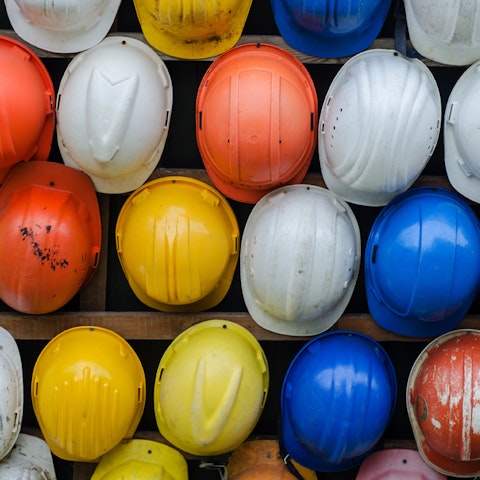My own observation was similar—that the show lacked the innovation, excitement and uniqueness of years past. It seemed that Greenbuild was slowly becoming merely a trade show like any other, with most exhibitors selling products.
As with any brand, you always want to stand for something unique and relevant to your audiences. Judging by these audience reactions, this year’s Greenbuild fell short of past events. Still, there were a few bright spots. Here’s what worked, and what didn’t.
Missing: Foot traffic, excitement, innovation and residential focus
As the three of us walked, we reflected on other aspects of the show that seemed to underperform—at least based on our expectations from previous years. For one thing, the popularity of educational sessions meant there was noticeably less traffic on the show floor. This lower traffic noticeably impacted the show energy, but more importantly it stifled the conversations happening on the floor. (Organizers may want to look at how AIA successfully reversed this trend at its 2016 event.)
Second, the exhibitor focus was dramatically skewed toward commercial building, with only a small area (probably only 10 percent of the space) dedicated to residential building. This focus, noted by my walking companions, along with the lack of booth traffic, made the event seem more like another AIA than its own unique show.
Even though traffic was down for many of the exhibitors that we talked to, there were a few areas that seemed to generate energy, consistent traffic and good conversations.
Highlights: Contemporary design and wellness-based building standards
One of these high-energy areas was the KB Home ProjeKt®—positioned by KB Home as “the groundbreaking modular home that offers a look into the future of practical high-performance design.”
The 1,790 square foot contemporary home was featured within the exhibit space and designed to showcase a more collaborative, efficient and flexible space approach to living, especially for the new millennial buyers.
I was impressed by many of the new technologies KB incorporated into the design that align with where buyers are heading versus where they were in the past. Notable among these innovations are movable walls that allow you to transform the home’s layout for various uses. Imagine an open floor plan for entertaining that converts to separate rooms on weeknights for TV, homework and piano practice. Also noteworthy was a focus on high-performance materials and designs that make the home virtually maintenance-free on the inside and out.
The topic that received the most buzz and conversation time at Greenbuild was health and wellness. Not surprisingly, the most heavily trafficked exhibit was the International WELL Building Institute booth.
The WELL Building Standard™ (WELL) is the world’s first building standard focused exclusively on human health and wellness. Marrying best practices in design and construction with evidence-based medical and scientific research, the standard aims to harness the built environment as a vehicle to support human health and well-being.
The WELL Building Standard sets performance requirements in seven concepts relevant to occupant health in the built environment: air, water, nourishment, light, fitness, comfort and mind.
My discussions with manufacturers, architects and builders at the show suggest there is plenty of exciting research in the works to capture the momentum around health and wellness. Expect this trend to continue and be a strong influence in the development of next-generation products and services.
Was it worth the trip?
Like any seminar or show, I feel if you get 2-3 valuable new insights, then the investment in the trip was worth it. The show was still worth the investment, but the most valuable interactions at Greenbuild for me this year were the discussions had along the way.



